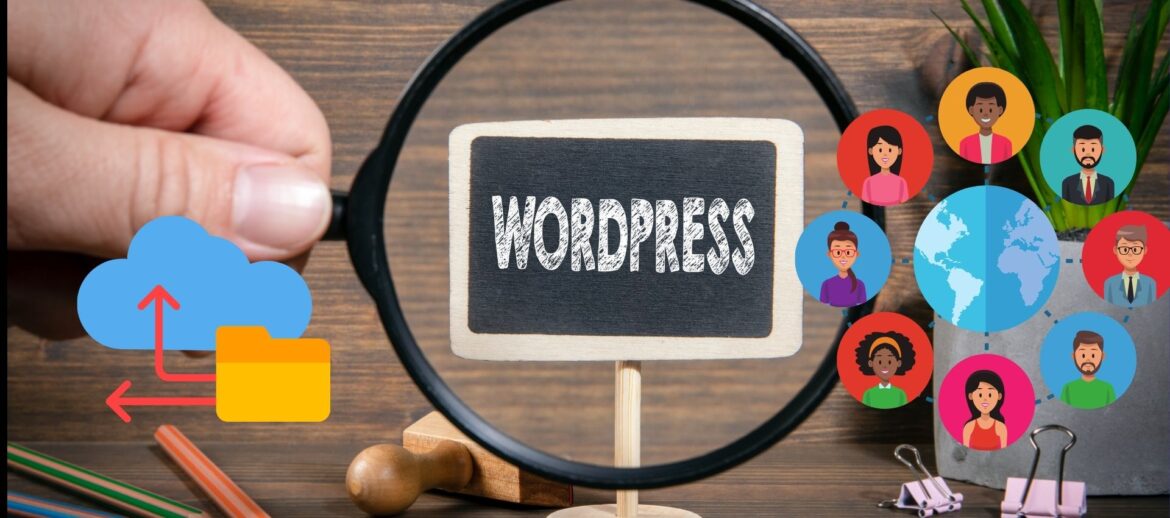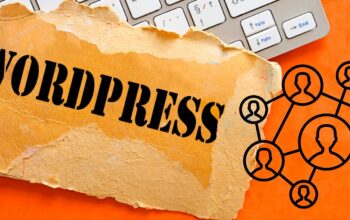Backing up and restoring a WordPress Multisite installation involves a few additional considerations compared to a single-site WordPress setup due to the shared nature of the network. Here’s a step-by-step guide on how to take a backup of a WordPress Multisite and restore it:
Taking a Backup:
1. Backup the Database:
- Access your hosting control panel or use a tool like phpMyAdmin.
- Select the database associated with your WordPress Multisite.
- Click on the “Export” tab, choose the appropriate settings, and export the database to a .sql file.
2. Backup Files:
- Use FTP or your hosting file manager to download all the files in your WordPress installation.
- Ensure you have a copy of your
wp-config.phpfile and the.htaccessfile.
3. Backup Uploads Folder:
- The
wp-content/uploadsfolder contains media files. Download this folder to have a backup of your media files.
4. Backup Multisite-specific Files:
- If you have custom directories for each site (e.g.,
/wp-content/blogs.dir/), back up those directories as well.
5. Export Multisite Settings:
- Some backup plugins might offer an option to export Multisite settings. If available, use this feature.
Restoring from Backup:
1. Restore Database:
- Create a new database on your server.
- Import the .sql file (database backup) you created earlier into the new database.
2. Upload Files:
- Upload all the files from your backup to the appropriate directory on your server.
3. Update wp-config.php:
- Update the
wp-config.phpfile with the new database details.
4. Update .htaccess:
- If you made changes to the
.htaccessfile during the backup process, ensure those changes are applied to the new installation.
5. Uploads Folder:
- Upload the
wp-content/uploadsfolder to the new installation.
6. Multisite-specific Files:
- If you have custom directories for each site, upload those directories to the new installation.
7. Update Domain Mapping (if used):
- If you’re using domain mapping in Multisite, update the domain mapping settings to reflect the new server details.
8. Check Multisite Settings:
- Log in to the WordPress dashboard of the restored Multisite.
- Go to the Network Admin dashboard and check the settings for each site.
9. Test and Troubleshoot:
- Test each site within the Multisite network to ensure everything is working correctly.
- Check for broken links, missing media files, and any other issues.
Using Backup Plugins:
If you prefer to use backup plugins for WordPress Multisite, there are plugins that specifically support Multisite installations. Some popular options include:
- UpdraftPlus:
- UpdraftPlus is a versatile backup plugin that supports Multisite. It allows you to schedule backups and restore your site easily.
- BackWPup:
- BackWPup is another backup plugin that supports Multisite installations. It can back up your database, files, and more.
When using backup plugins, follow the plugin’s instructions for taking backups and restoring. They often provide a user-friendly interface that simplifies the process.
Remember to always test your backups in a safe environment before making changes to a live site, and regularly update your backups to ensure they reflect the latest changes to your Multisite network.









